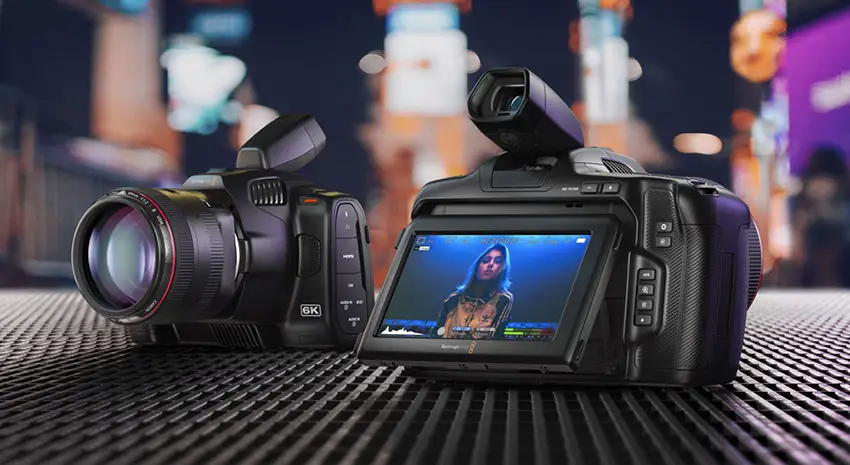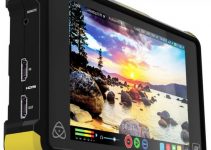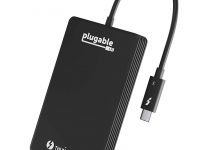Nowadays even your phone can shoot ProRes. Specifically, the latest iPhone 13 Pro and Pro Max now offer true ProRes recording for video – which is insane. Apple has always pushed the video quality of their smartphones and they have been the champions for nearly their entire existence in the market. How exactly does this compare to a more traditional camera with its ProRes recording.
Filmmaker Michael Tobin wanted to take a look at that and put together a little comparison between the iPhone 13 Pro Max and a Blackmagic Design Pocket 6K Pro. Time to see just how good that smartphone really is for pro video.
If you haven’t yet, the update to iOS 15.1 is worth doing because it adds ProRes recording to the iPhone 13 Pro. It does have some odd limitations. You will need the 256GB or greater storage versions of the phone to actually get ProRes for 4K and even then you can only go up to 4K 30p. There also aren’t many controls for it. It’s basically just on or off with no choice for flavor.
In the stock camera app you will be recording ProRes 422 HQ. This is nice, but it does take up a lot of space. Using Filmic Pro you can actually select all the different types from ProRes Proxy up to 422 HQ. Being able to save space is important when you are recording only to the internal storage of your iPhone.
Still, the ProRes footage does look better than HEVC internal recording on the iPhone. It’s very noticeable in some cases and barely noticeable in others. Still, if you want the best then ProRes is the way to go. Compared to Filmic Pro’s other flavors of ProRes you won’t see any difference. So if you want to save space with something like ProRes 422 LT then Filmic Pro is a great choice.
You are also still getting full 10-bit recording with Dolby Vision HDR in the stock app. Depending on how you want to work with the footage you might want to make adjustments here to your choice of settings.
We aren’t considering the iPhone ProRes compared to formats like Blackmagic RAW. Really all Michael wants to see is how they match up in similar modes.

Image Credit: Blackmagic Design
He did not do much to the footage. There was a basic correction applied to the iPhone footage since it comes out in Dolby Vision and needed to be matched up a bit. Didn’t even correct things like white balance.
Now, in the comparison footage you can tell which is which thanks to some obvious giveaways. The Blackmagic’s larger sensor and lens produce an image with a much softer fall off. The iPhone is getting there with its larger sensors and apertures every year, but it still doesn’t compare to traditional camera systems.
Surprisingly, the highlights aren’t clipping as bad as expected on the iPhone. It’s looking good and the footage is quite sharp. One fun thing is that the iPhone appears to have cleaner noise than the Pocket 6K Pro. It does also come out a lot sharper in general. This means that it might be a little less appealing for things like skin where the added detail could be harsh.
You can also see that the Pocket 6K Pro’s footage has better dynamic range and will more easily retain gradations and tone in various areas of a shot. This is a huge differentiator between an iPhone and an actual camera.
It’s an interesting comparison. In some cases the iPhone is a perfectly viable tool for professional video. ProRes now makes the argument even more compelling since the workflow is going to match existing configurations.
What do you think about ProRes on the iPhone?
[source: michael tobin]
Order Links:
Disclaimer: As an Amazon Associate partner and participant in B&H and Adorama Affiliate programmes, we earn a small comission from each purchase made through the affiliate links listed above at no additional cost to you.
Claim your copy of DAVINCI RESOLVE - SIMPLIFIED COURSE with 50% off! Get Instant Access!




